10 Surprising Ways Animals Use Scent to Send Messages
In the grand web of life, communication is one of the most vital connections that bind ecosystems together. While humans rely heavily on words and visual cues, animals have developed an astonishing range of ways to exchange information—one of the most intriguing being scent. This invisible language goes far beyond just leaving a trail; it’s a powerful tool that can warn of danger, attract a mate, stake a claim, or even strengthen social bonds. In this article, we’ll dive into ten fascinating ways animals use scent to interact with their world. Let's get started!
1. Territorial Marking: The Scent of Ownership
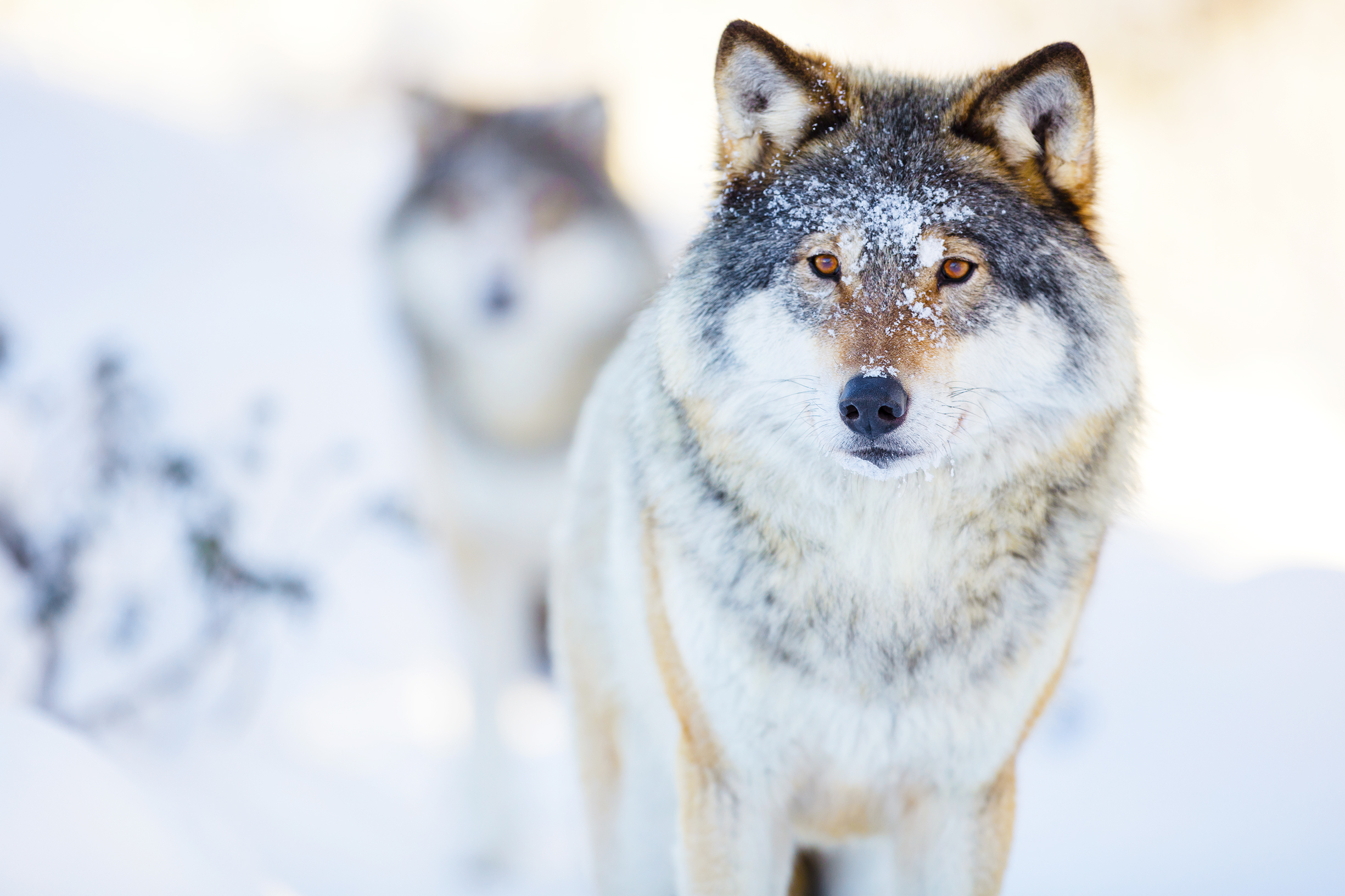
Territorial marking is one of the most direct ways animals use scent to communicate. From lions to wolves, many species rely on scent glands to stake their claim, leaving behind invisible but unmistakable boundaries. These chemical signals aren’t just warnings to trespassers—they’re personal signatures, carrying unique information about the individual who left them. Wolves, for example, use urine to define their territory, sending a clear message to rival packs while reinforcing unity within their own. It’s a system that helps maintain order without constant physical battles, letting scent do the talking instead. By laying down these olfactory markers, animals can establish dominance, protect valuable resources, and keep unnecessary conflicts to a minimum.
2. Mating: The Aroma of Attraction
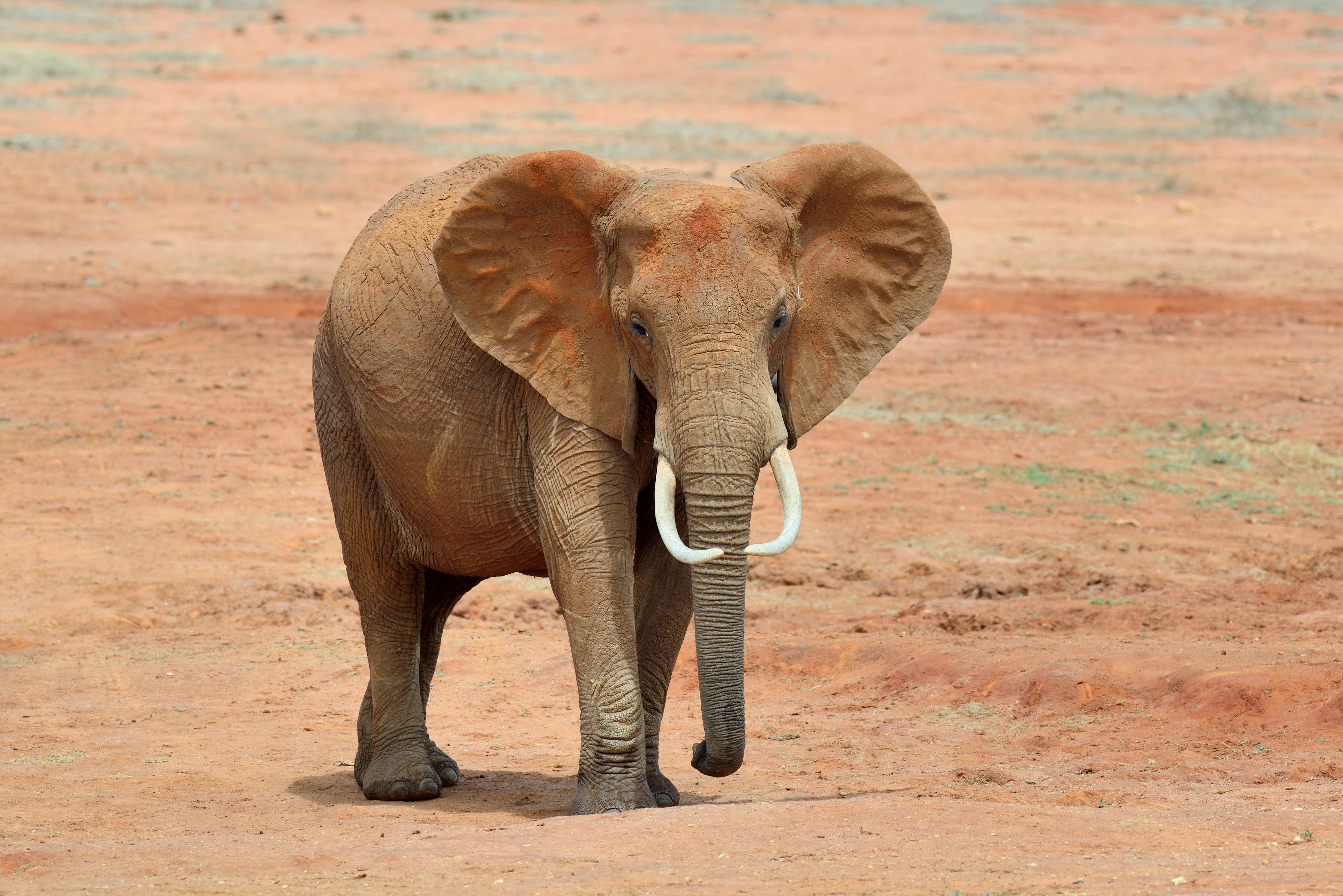
When it comes to finding a mate, scent is one of nature’s most powerful tools. Many animals rely on pheromones—chemical signals that broadcast everything from genetic fitness to reproductive status. These invisible cues can travel far and last longer than visual signals, making them an efficient way to attract the right partner. Take female moths, for example—they release pheromones that males can detect from miles away, guiding them like a built-in GPS. Male elephants in musth take a different approach, producing a potent scent that signals their peak fertility and dominance. Whether subtle or overwhelming, these chemical messages ensure that the right match finds them.
3. Social Hierarchies: Scents of Status
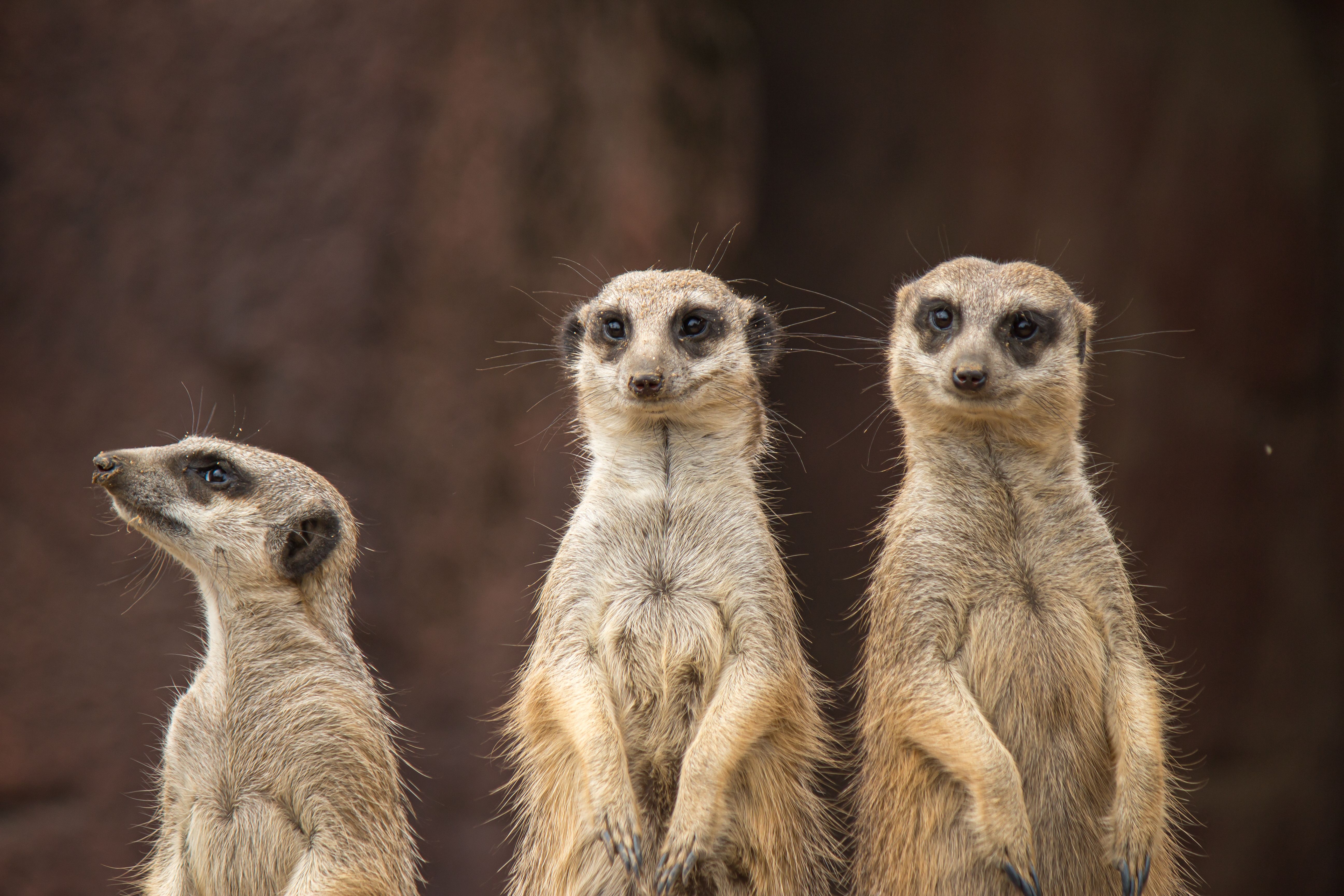
For many social animals, scent isn’t just about marking territory or finding a mate—it’s also a way to keep order within the group. Meerkats, for example, use scent to reinforce their hierarchy, with dominant members marking subordinates as a reminder of their place in the social ladder. This helps minimize conflicts and keeps the group running smoothly. Ants take this to another level. In many species, the queen releases a special scent that suppresses reproduction in worker ants, ensuring she remains the only one laying eggs. Without a single word or gesture, she controls the entire colony through chemistry alone. In tightly structured societies like these, scent-based communication is often more effective than visual or vocal signals, keeping everything in balance without constant confrontation.
4. Alarm Signals: Scents of Danger
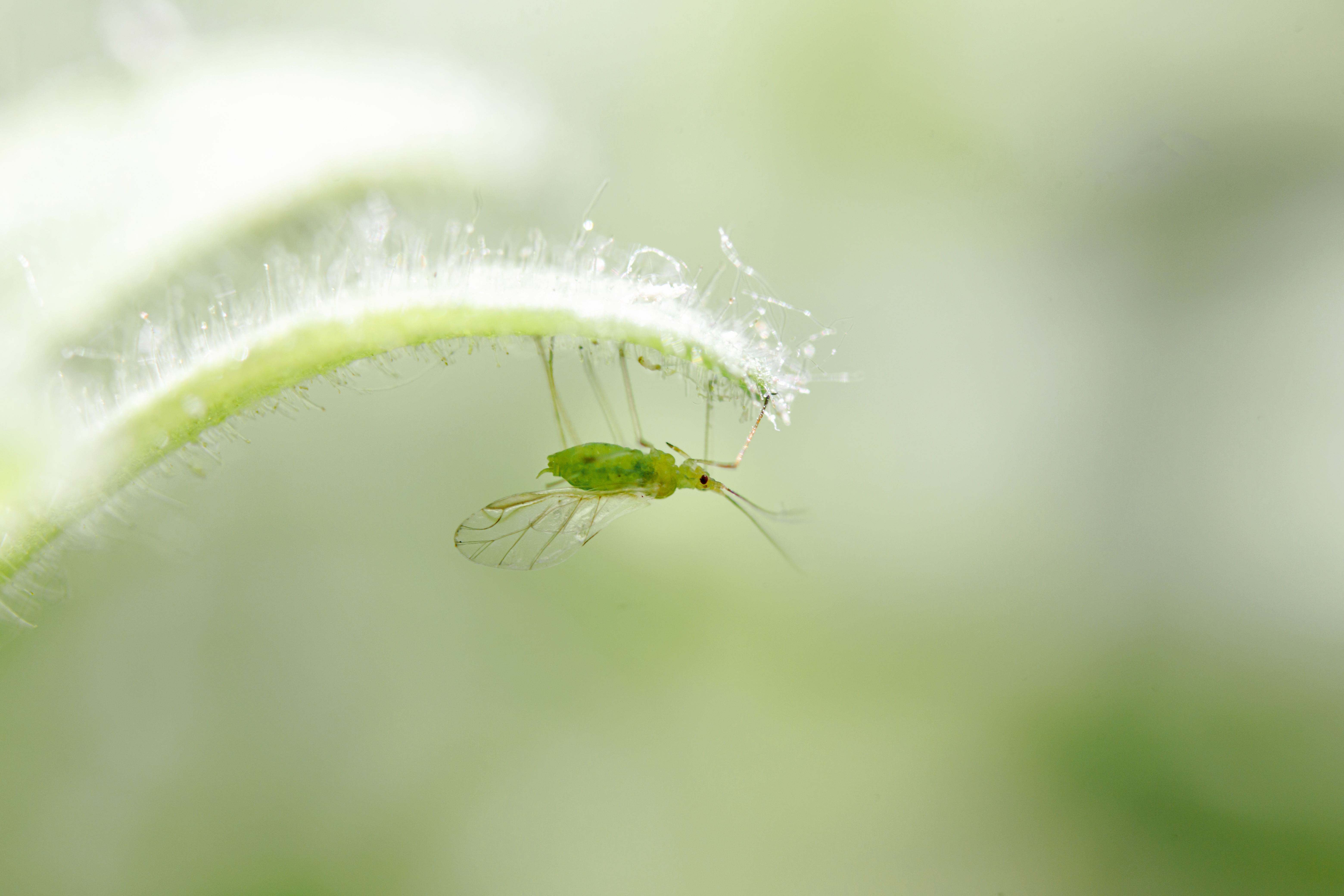
When danger is near, some animals don’t just run—they send out a chemical SOS. Alarm pheromones act like invisible warning signals, triggering immediate reactions in those nearby. Aphids, for instance, release a distress scent when attacked, prompting others to drop from the plant and escape before they become the next meal. Fish like the fathead minnow take a different approach. When injured, they release a chemical that alerts nearby fish to the threat, thereby giving them a chance to flee or hide. This kind of scent-based communication is a survival hack, allowing groups to respond to danger quickly and in sync—sometimes before they even see the threat coming.
5. Camouflage and Deception: The Art of Scent Disguise
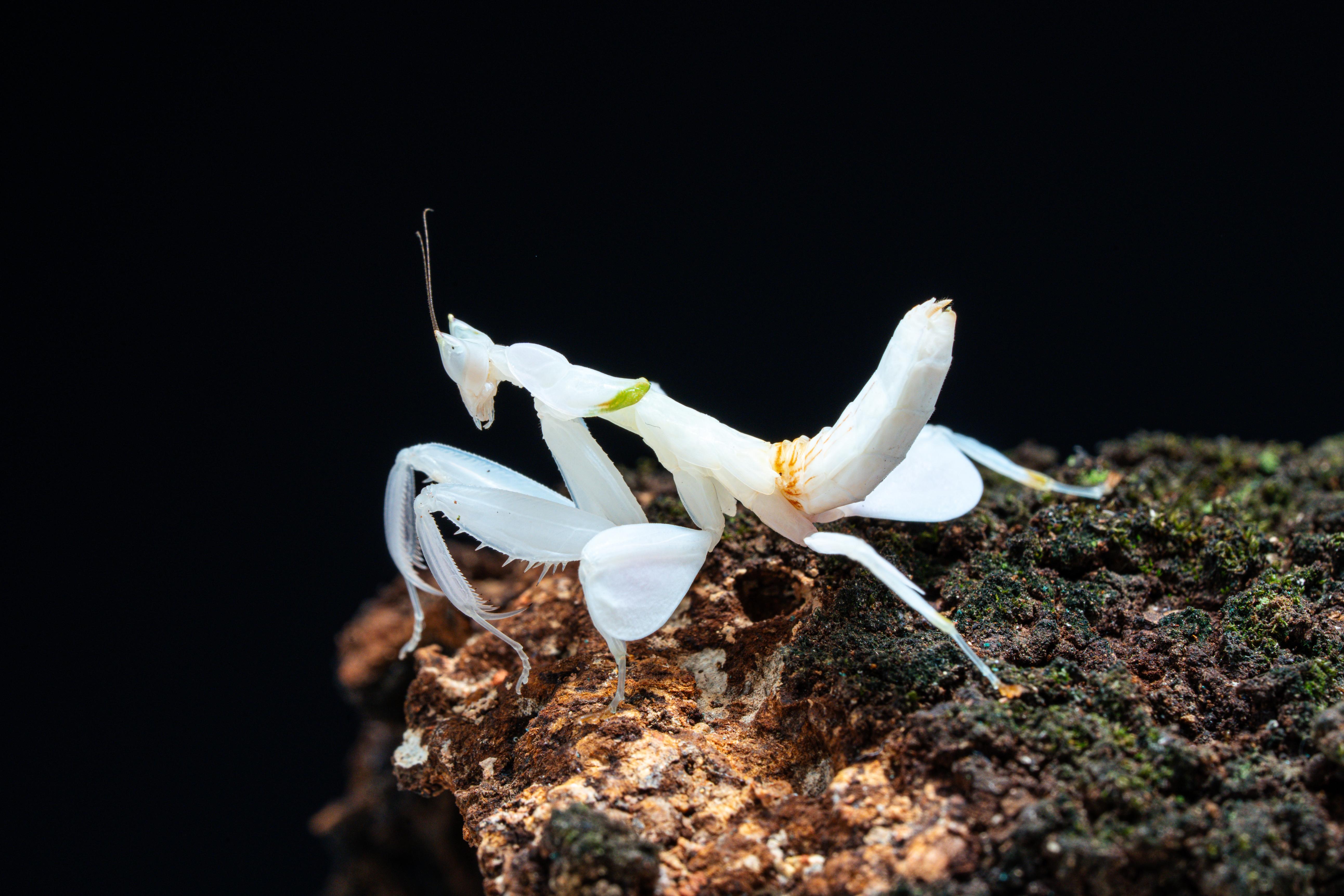
In the game of survival, scent isn’t just for communication—it can be a powerful tool for deception. Some predators, like the orchid mantis, take advantage of this by mimicking the scent of flowers to lure unsuspecting pollinators right into their grasp. On the flip side, certain prey species can mask their own scent, making them virtually invisible to predators that rely on smell to hunt. The mimic octopus takes this a step further, not only changing its appearance but also altering its scent to blend in or impersonate more dangerous creatures. This kind of olfactory trickery shows just how sophisticated scent-based adaptations can be, proving that in nature, sometimes the best way to survive is to be someone—or something—else entirely.
6. Parental Care: Scent Bonds
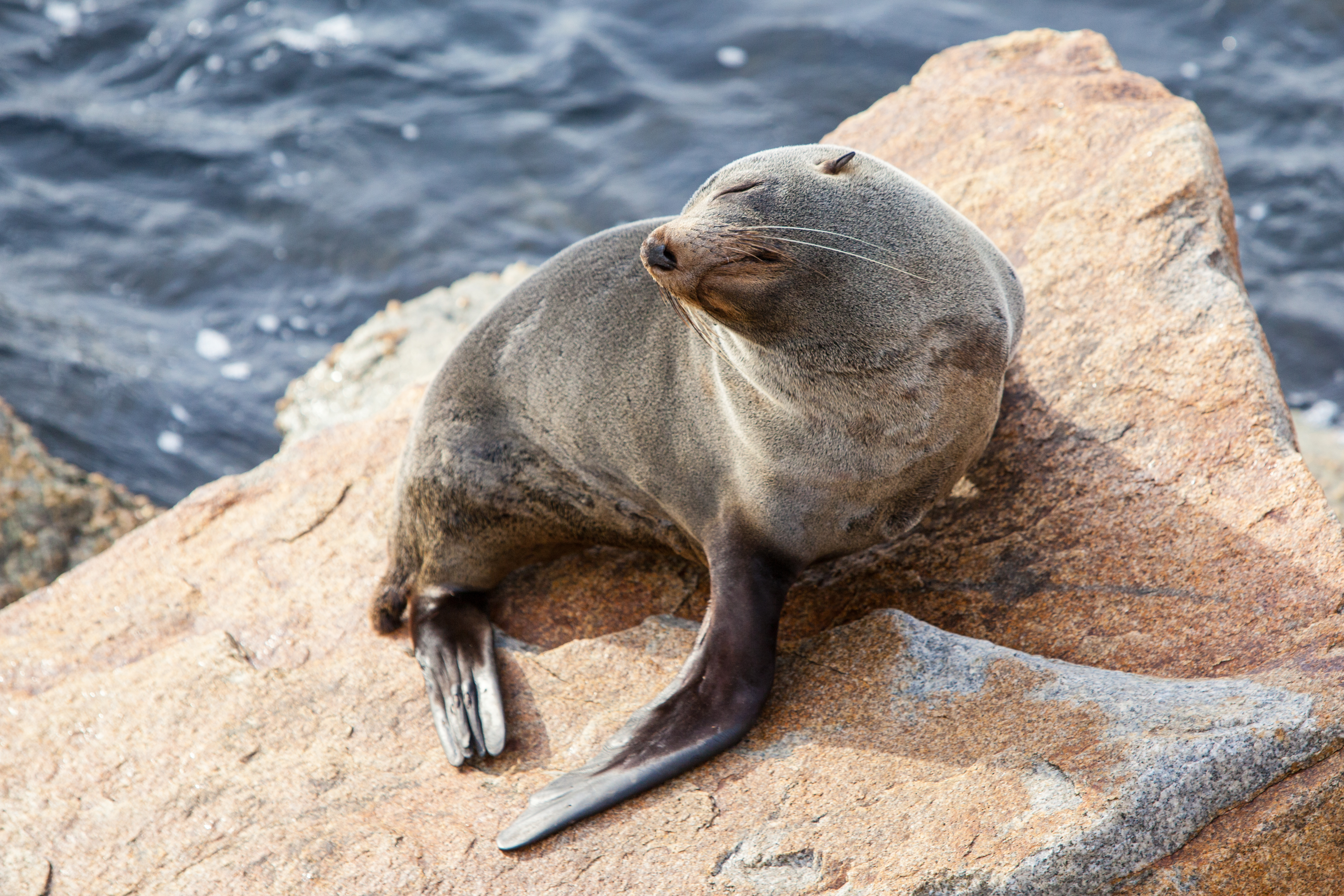
For many animals, scent is the key to recognizing and caring for their young. In crowded colonies or herds, where visual cues might not be reliable, this ability is a lifesaver. Seals, for example, rely on their pup’s unique scent to reunite after long hunting trips, ensuring they nurse the right offspring. Sheep do the same—ewes memorize their lamb’s scent soon after birth, preventing mix-ups and strengthening their bond. This olfactory connection isn’t just about recognition; it’s a survival mechanism. By using scent to identify and care for their young, parents ensure their energy and resources go exactly where they’re needed, giving their offspring the best possible start in life.
7. Foraging and Food Location: The Scent of Sustenance
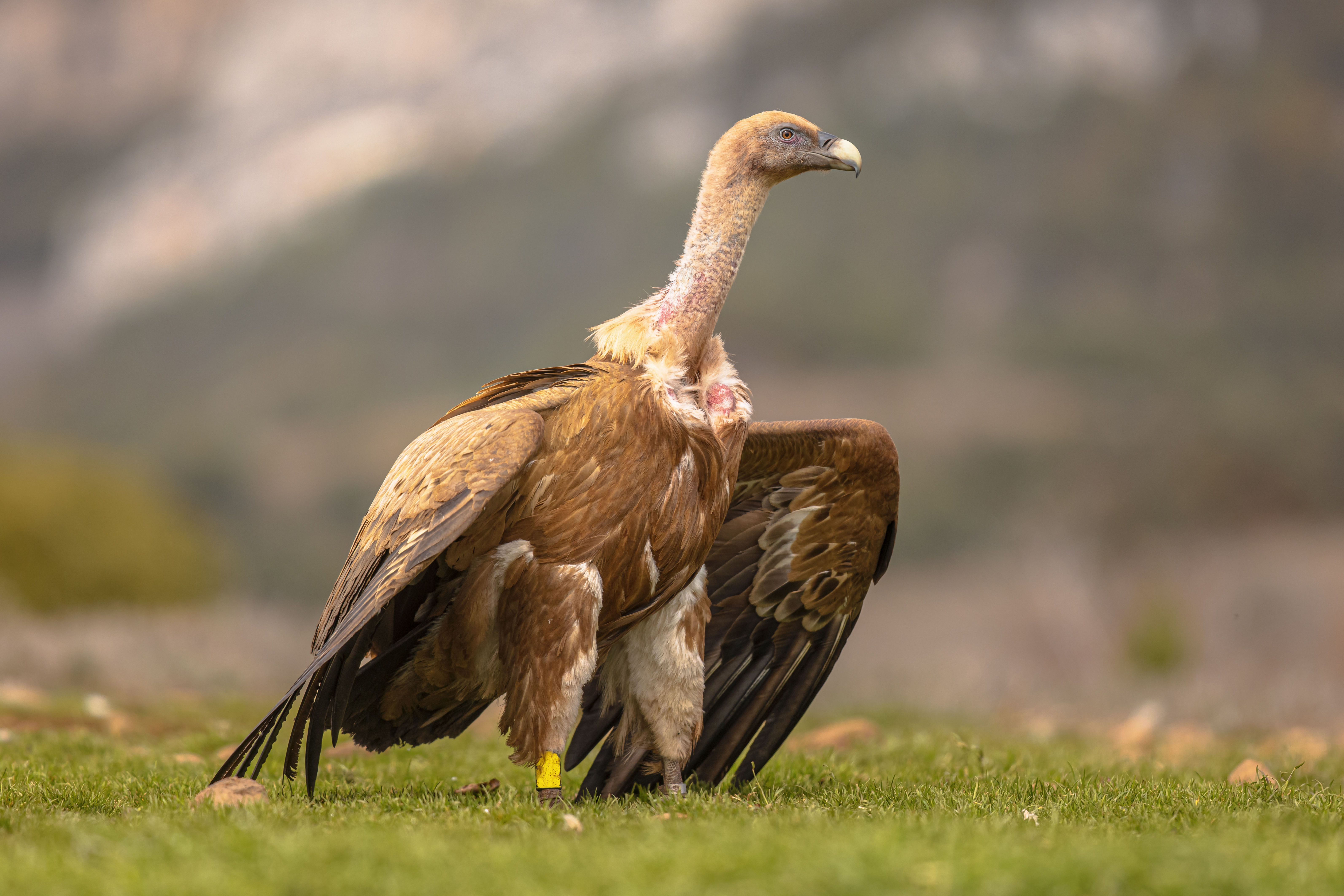
Finding food in the wild isn’t just about eyesight or instinct—it’s about following the right scent. Vultures, for instance, can pick up the faintest traces of carrion from miles away, leading them straight to their next meal. Bees take a different approach, using scent to zero in on the most nectar-rich flowers, ensuring their foraging efforts are efficient. This reliance on scent isn’t just about survival; it also helps ease competition. By honing in on specific food sources that others might miss, animals carve out their own niches in the ecosystem. It’s a delicate balance, where olfactory cues guide everything from scavengers in the sky to pollinators buzzing through a field, keeping the natural world running smoothly.
8. Navigation and Orientation: Scent Trails
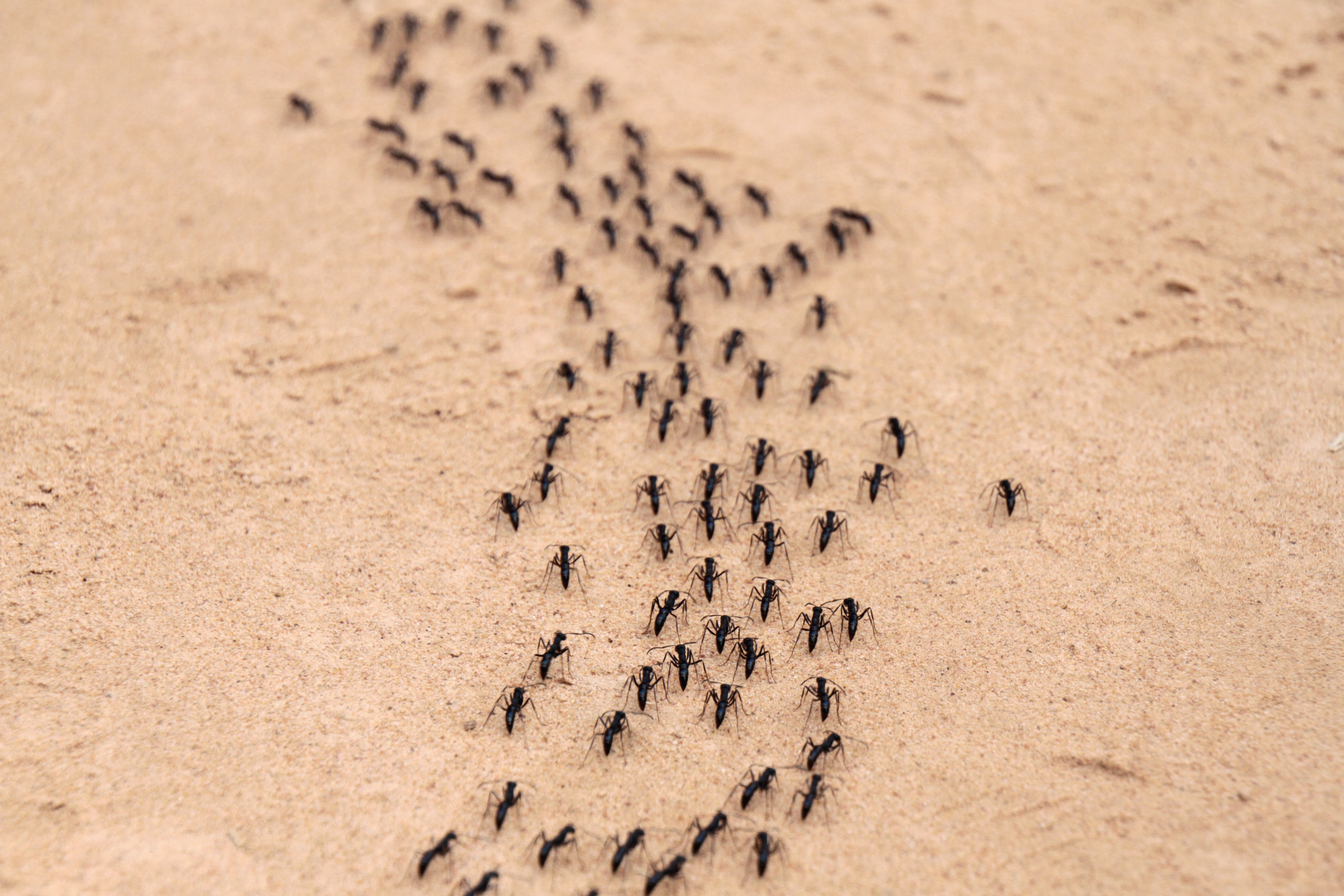
For some animals, scent works like an invisible map, guiding them through their environment with remarkable accuracy. Ants, for instance, create pheromone highways, leaving chemical trails that their colony members can follow straight to a food source. If the route changes, they adjust the scent markers, ensuring their efficiency never wavers. Salmon take a different approach, using their keen sense of smell to find their way home. After years in the open ocean, they can detect the unique chemical signature of their birth stream, guiding them back to spawn. Whether leading a colony to food or a fish back to its origins, scent-based navigation proves just how powerful olfactory cues can be in shaping the movements and survival of animals.
9. Disease Detection: Scent as a Health Indicator

It turns out that scent isn’t just a tool for communication or navigation—it can also reveal hidden signs of illness. Dogs—with their incredible noses—have been trained to detect diseases like cancer, diabetes, and infections in humans, often before medical tests can. But this ability isn’t unique to domesticated animals. In the wild, many species rely on scent to assess the health of potential mates or even rivals. By picking up on subtle chemical changes in an animal’s scent, they can avoid sick individuals and ensure they’re choosing the strongest partners. It’s a built-in survival mechanism that not only helps prevent disease from spreading but also increases the chances of passing on healthy genes.
10. Inter-Species Communication: The Universal Language of Scent
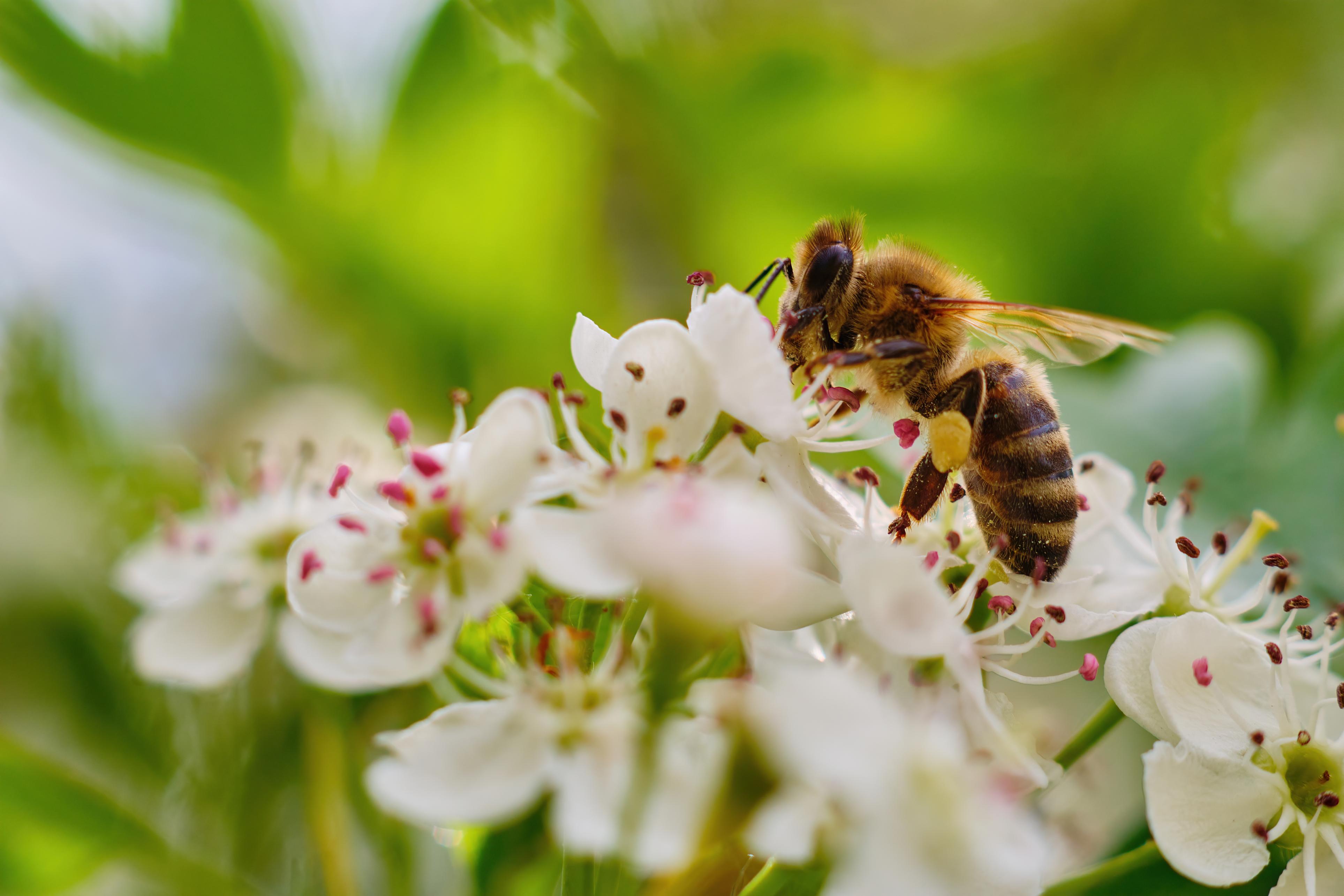
Scent doesn’t just help animals communicate with their own kind—it also plays a huge role in interactions between species. Plants, for instance, use scent to their advantage, luring in pollinators with sweet-smelling chemicals or warding off herbivores with defensive odors. Meanwhile, in the predator-prey game, scent is often the first clue that danger is near. Predators rely on it to track their next meal, while prey animals use it to detect threats and stay one step ahead. This cross-species dialogue underscores how deeply interconnected ecosystems are. Olfactory signals don’t just shape individual survival—they influence entire food chains, guiding everything from reproduction to resource competition.
As we have explored, from territorial marking to inter-species interactions, scent serves as a versatile and powerful tool for conveying information. This olfactory language, though invisible to the human eye, is a symphony of signals that orchestrates the behavior and interactions of countless species. By unraveling the mysteries of scent communication, we gain a deeper appreciation for the intricacies of the natural world and the evolutionary innovations that have shaped life on Earth.







